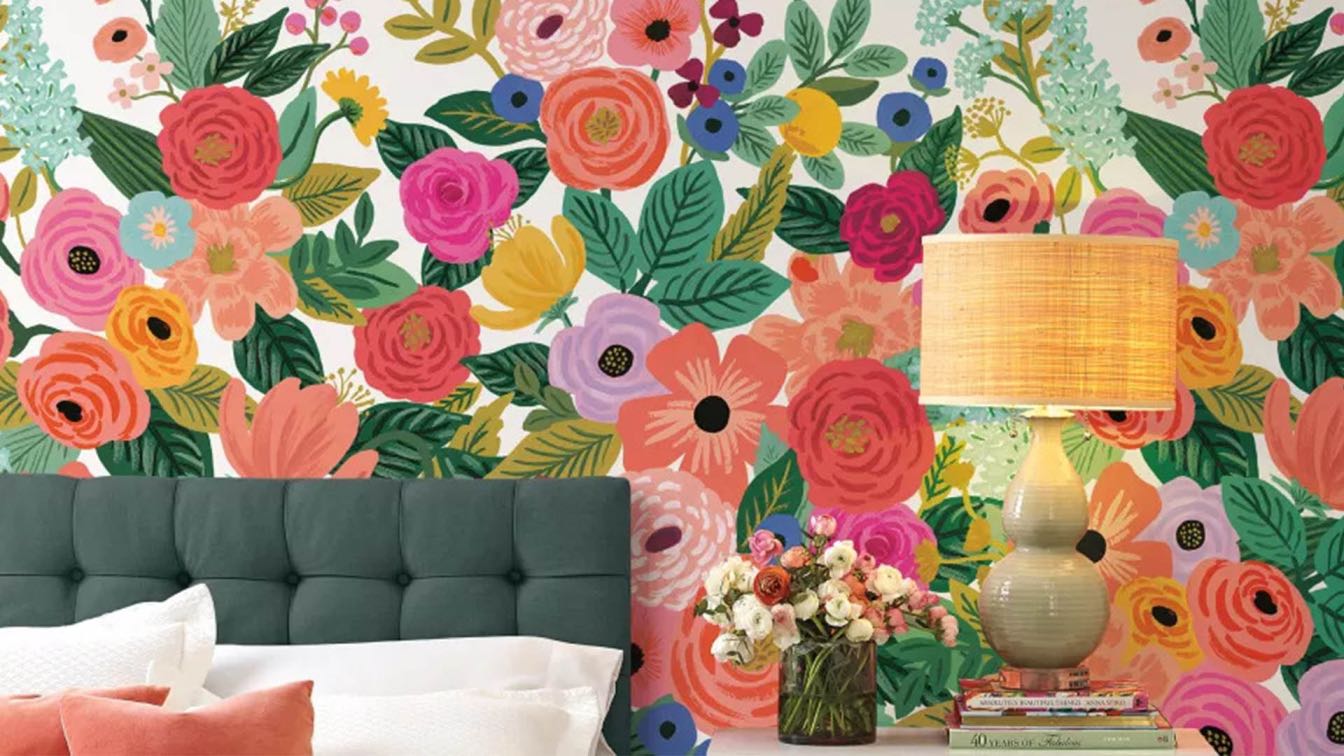Proper roofing is not just an aspect of construction; it is a fundamental component that ensures the safety, functionality, and aesthetic appeal of any building. A well-constructed roof does more than just protect a structure from the elements; it contributes to energy efficiency, prevents water damage, and can even enhance the overall value of the property. In this article, we will explore the multifaceted importance of proper roofing, examining its impact on both residential and commercial buildings. Through understanding the critical role that roofing plays, homeowners and building managers alike can make informed decisions regarding construction, maintenance, and renovation projects, ensuring their investments are protected and optimized for the long term.
The Role of Roofing in Energy Efficiency
Proper roofing plays a crucial role in the energy efficiency of buildings. By providing adequate insulation and ventilation, a well-designed roof can significantly reduce heating and cooling costs. This is especially important in climates that experience extreme temperatures. Advanced roofing materials and technologies can reflect sunlight and heat away from the building, keeping the interior cooler in summer and warmer in winter.
Furthermore, the selection of roofing materials can influence the overall energy performance of a building. For instance, materials that have a high thermal mass can help regulate indoor temperatures, leading to more consistent and comfortable living conditions. Energy-efficient roofing is not only beneficial for reducing utility bills but also for minimizing the environmental impact of a building by reducing its carbon footprint. You can find residential roofing services by searching for a reputable roofing contractor online. It is recommended to choose a contractor that has experience in installing energy-efficient roofing materials.
Water Damage Prevention and Proper Roofing
Water damage is one of the most common and costly issues faced by property owners. A properly installed and maintained roof serves as the first line of defense against water intrusion, which can lead to mold growth, structural damage, and deterioration of interior finishes. The design and material of the roof play vital roles in its ability to repel water and direct it away from the building's foundation.
Regular maintenance and inspections are necessary to ensure the integrity of the roofing system. Over time, exposure to weather and environmental conditions can cause wear and tear on roofing materials, making them susceptible to leaks. Preventative maintenance, such as cleaning gutters and inspecting for damage, can extend the life of a roof and protect the property from extensive water damage.
Enhancing Aesthetic Appeal and Property Value
The visual appeal of a property's roof can dramatically affect its overall appearance and curb appeal. Aesthetically pleasing roofing materials and colors can complement the architectural style of a building, making it stand out in the neighborhood. Conversely, a roof that is in poor condition or has an outdated design can detract from the aesthetic appeal of a property.
Investing in a quality roofing system can also enhance the property's value. Potential buyers often consider the condition of the roof when evaluating a property, as a new or well-maintained roof indicates lower immediate maintenance costs. Furthermore, certain roofing materials and designs can contribute to a property's unique charm and character, making it more attractive to prospective buyers.
The Impact of Roofing on Indoor Comfort and Health
A well-designed roofing system contributes significantly to the indoor comfort and health of a building's occupants. Proper ventilation and insulation offered by the roof can prevent excessive moisture and heat buildup, which are common causes of discomfort. These factors also play a crucial role in preventing the growth of mold and mildew, which can have adverse health effects, particularly for individuals with allergies or respiratory issues.
The incorporation of natural lighting through skylights or solar tubes can enhance the interior environment, reducing reliance on artificial lighting and promoting well-being. Natural light has been shown to improve mood, increase productivity, and even regulate circadian rhythms, contributing to a healthier living or working environment.
Sustainability and Green Roofing Solutions
The move towards sustainable building practices has placed an emphasis on green roofing solutions. These roofing systems, whether they involve the installation of solar panels, the use of recycled materials, or the creation of living roofs, contribute to environmental sustainability. They not only reduce the energy consumption of a building but also mitigate the urban heat island effect, provide natural habitats for wildlife, and improve air quality.
Living roofs, for example, offer excellent insulation, reduce stormwater runoff, and create green spaces that can be used for recreation or agriculture. Solar roofs, on the other hand, harness renewable energy, decreasing reliance on fossil fuels and lowering energy costs. Adopting these sustainable roofing solutions demonstrates a commitment to environmental stewardship while providing long-term economic benefits.
Proper roofing is a crucial aspect of building construction and maintenance. Its impact extends beyond protection from the elements and encompasses energy efficiency, water damage prevention, aesthetic appeal, indoor comfort and health, and environmental sustainability. By understanding the importance of proper roofing, property owners can make informed decisions that not only protect their investments but also contribute to a safer, healthier, and more sustainable built environment.





